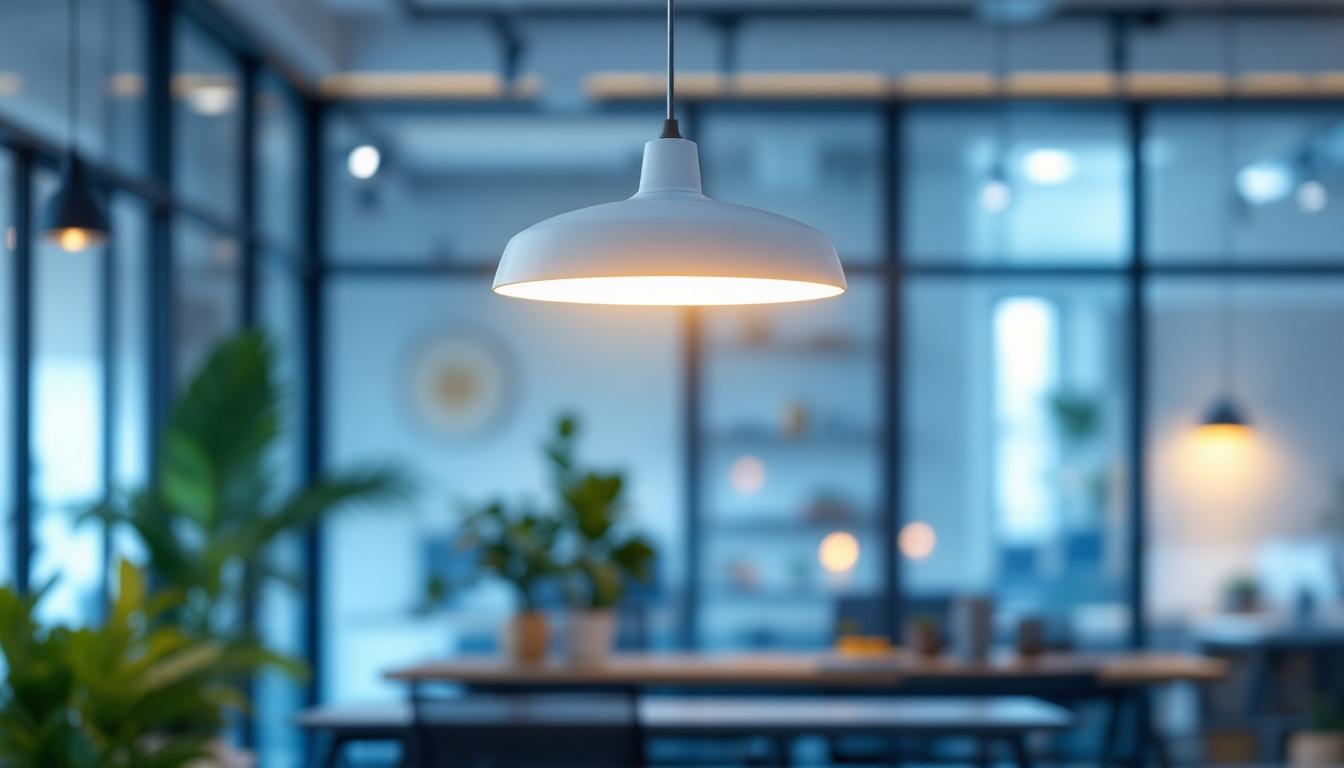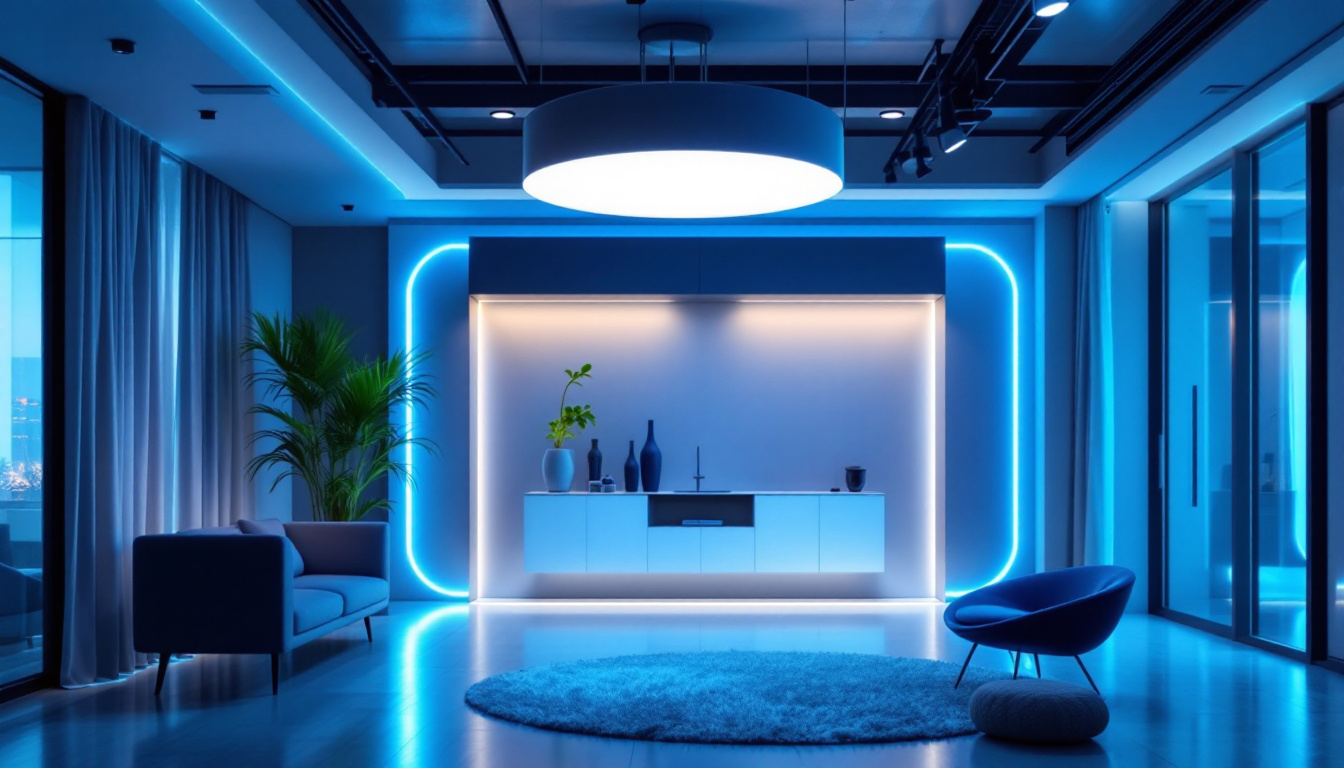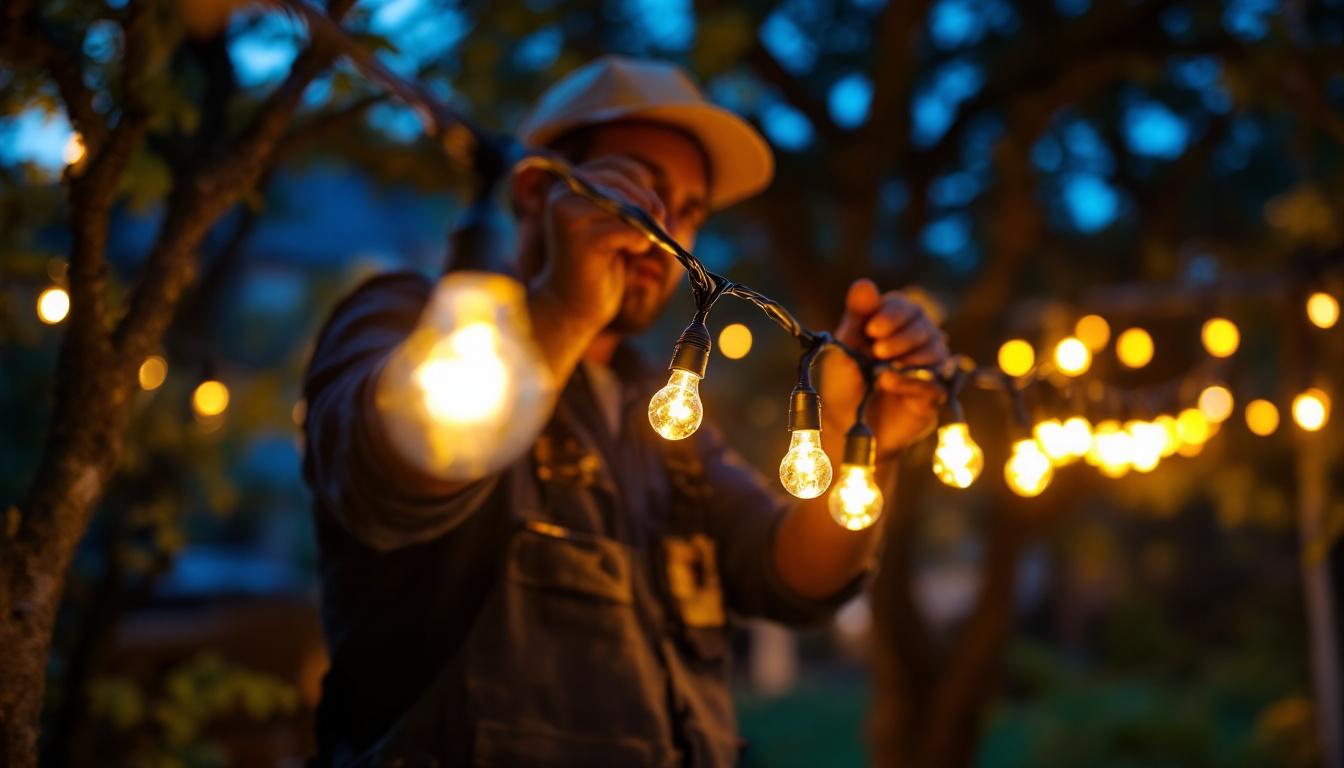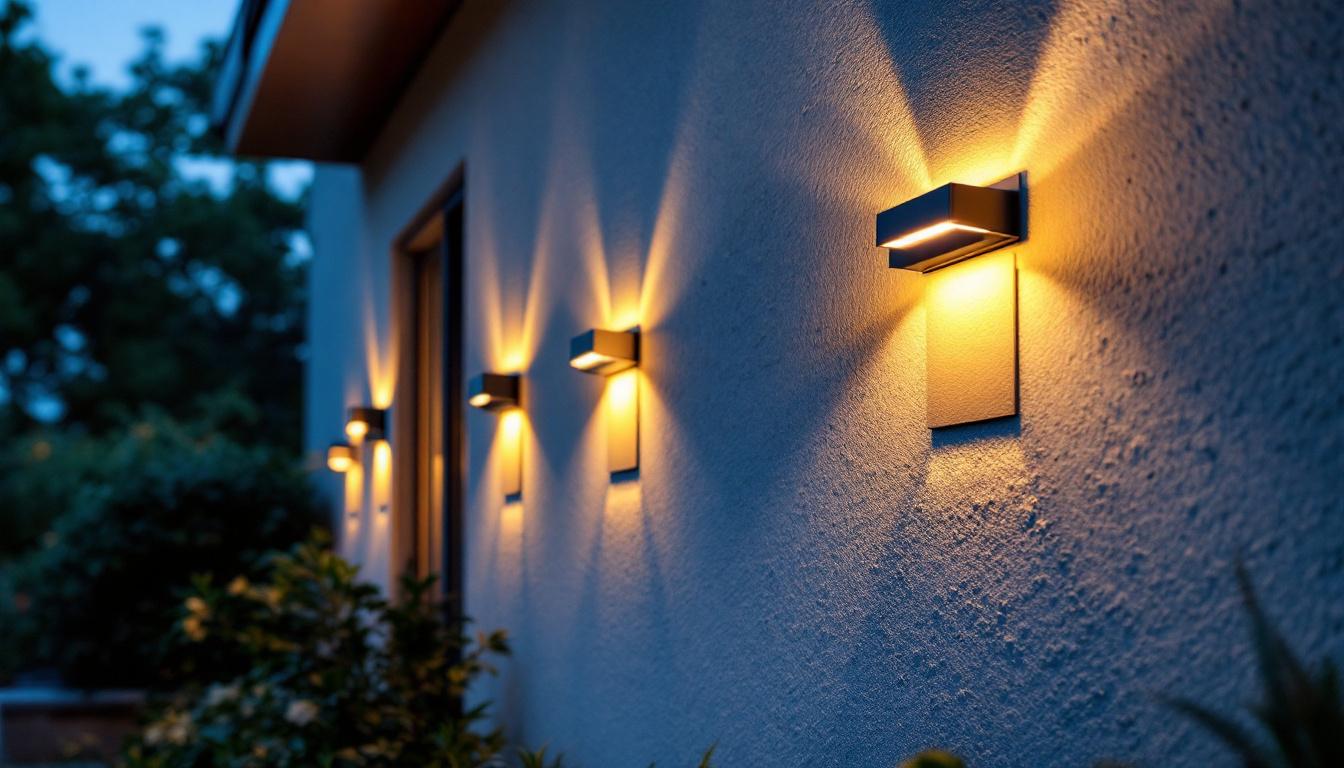
In the realm of commercial lighting, LED pendant light fixtures have gained significant traction due to their energy efficiency and aesthetic appeal. These fixtures are not just functional; they also enhance the overall ambiance of a space. However, lighting contractors often overlook several critical aspects when selecting and installing these fixtures. Understanding these nuances can lead to improved client satisfaction and project success.
LED, or Light Emitting Diode, technology has revolutionized the lighting industry. Unlike traditional incandescent or fluorescent lights, LEDs convert a higher percentage of energy into light rather than heat. This efficiency results in lower energy bills and reduced environmental impact. However, many contractors still default to older lighting technologies, missing out on the benefits that LED pendant fixtures can offer.
Moreover, the lifespan of LED fixtures is significantly longer than that of traditional bulbs. This longevity not only reduces replacement costs but also minimizes maintenance efforts for clients. The initial investment in LED technology pays off over time, making it a wise choice for commercial applications. In addition to their durability, many LED fixtures now come with advanced features such as dimming capabilities and smart technology integration, allowing for greater control over lighting environments. This adaptability can be particularly beneficial in spaces that require varying light levels throughout the day, such as conference rooms or dining areas.
One of the most appealing aspects of LED pendant lights is their design versatility. Available in various styles, shapes, and finishes, these fixtures can complement any interior design scheme. However, contractors sometimes overlook the importance of aligning the lighting design with the overall aesthetics of the space.
When selecting fixtures, it’s crucial to consider the architectural elements of the environment. For instance, a sleek, modern pendant may not be suitable for a rustic-themed restaurant. By understanding the design context, contractors can recommend fixtures that enhance the space rather than detract from it. Additionally, the placement of LED pendant lights can dramatically influence the perceived size and mood of a room. For example, hanging a cluster of smaller pendants at varying heights can create a dynamic focal point, while a single, larger fixture can serve as a statement piece. This creative approach to lighting design not only showcases the fixtures themselves but also contributes to the overall narrative of the space, making it more inviting and engaging for occupants and visitors alike.
While choosing the right fixtures is essential, the installation process is equally critical. Many contractors make common mistakes that can lead to subpar lighting performance and client dissatisfaction. Awareness of these pitfalls can help ensure a successful installation.
One of the most frequently overlooked aspects of pendant light installation is the height at which the fixtures are hung. Installing lights too high can diminish their effectiveness, while hanging them too low can obstruct views and create discomfort. The ideal height often depends on the type of space and its intended use. For instance, in dining areas, pendant lights should typically hang between 28 to 34 inches above the table to create an inviting atmosphere without hindering conversation. In contrast, in a kitchen setting, a higher installation may be preferred to allow for unobstructed sightlines while cooking.
Moreover, spacing between fixtures is another critical consideration. In commercial settings, proper spacing ensures uniform illumination and prevents dark spots. Contractors should take the time to calculate the appropriate distances based on the fixture’s lumens output and the area’s dimensions. A general rule of thumb is to space pendants about 30 to 36 inches apart, depending on their size and the overall layout of the room. This careful planning not only enhances aesthetics but also contributes to energy efficiency by ensuring that light is distributed evenly across the space.
Electrical considerations are paramount when installing LED pendant lights. Many contractors may overlook the importance of ensuring that the existing electrical infrastructure can support the new fixtures. This includes checking the wattage and ensuring compatibility with dimming systems if applicable. In addition, it’s crucial to consider the type of circuit being used; for instance, a dedicated circuit may be necessary for larger installations to prevent overloads that could lead to tripped breakers.
Furthermore, proper wiring techniques are essential to avoid flickering or inconsistent lighting. Contractors should also be aware of the potential for voltage drop, especially in larger installations. This can be particularly problematic in spaces with long runs of wire, where the distance from the power source can affect performance. Taking these electrical factors into account can prevent future headaches and ensure a seamless lighting experience for clients. Additionally, implementing surge protection can safeguard the fixtures from power surges, extending their lifespan and maintaining consistent performance over time.
Energy efficiency is a significant selling point for LED lighting, yet many contractors fail to communicate this advantage effectively to clients. Understanding the energy savings associated with LED pendant lights can help contractors position their services more compellingly.
Contractors should be prepared to calculate potential energy savings for clients. This includes comparing the wattage of traditional fixtures versus LED options and estimating the annual energy costs. By presenting these figures, contractors can demonstrate the long-term financial benefits of choosing LED pendant lights.
Additionally, many clients are increasingly concerned about sustainability. Highlighting the reduced carbon footprint associated with LED lighting can resonate with environmentally conscious customers. By emphasizing both energy savings and sustainability, contractors can enhance their value proposition.
Many regions offer incentives or rebates for businesses that invest in energy-efficient lighting solutions. Unfortunately, contractors often overlook these opportunities, missing a chance to provide added value to clients. Staying informed about local programs can help contractors guide clients through the process of applying for rebates, making the transition to LED lighting even more appealing.
The color temperature of LED pendant lights can significantly impact the mood and functionality of a space. However, many contractors do not give this aspect the attention it deserves. Understanding the implications of different color temperatures can enhance the overall lighting design.
Color temperature is measured in Kelvins (K), with lower values representing warmer light and higher values indicating cooler light. Warm white (2700K-3000K) is often preferred for hospitality settings, creating a cozy atmosphere. In contrast, cooler temperatures (4000K-5000K) are suitable for workspaces, promoting alertness and focus.
Contractors should engage clients in discussions about the desired ambiance and functionality of the space. By aligning the color temperature with the client’s vision, contractors can create a more tailored lighting solution that meets specific needs.
Another critical factor to consider is the Color Rendering Index (CRI), which measures a light source’s ability to accurately render colors compared to natural light. A higher CRI (above 80) is generally preferred for commercial spaces, as it ensures that colors appear vibrant and true to life.
Contractors should educate clients about the importance of CRI, especially in retail environments where accurate color representation can influence purchasing decisions. By selecting fixtures with a high CRI, contractors can enhance the visual appeal of products and create a more inviting atmosphere.
While LED lights are known for their longevity, proper maintenance is still essential to ensure optimal performance. Contractors often overlook the maintenance aspect, which can lead to premature fixture failure or reduced efficiency over time.
Dust and grime can accumulate on light fixtures, diminishing their output and affecting the overall lighting quality. Contractors should advise clients on the importance of regular cleaning and maintenance schedules. Simple dusting and occasional deep cleaning can significantly extend the life of LED pendant lights.
Additionally, contractors should consider the environment in which the fixtures will be installed. In areas with high humidity or dust, more frequent maintenance may be necessary. Providing clients with a maintenance plan can enhance their satisfaction and ensure the longevity of the installation.
While LED fixtures have a long lifespan, components may still require replacement over time. Contractors should familiarize themselves with the warranty terms of the products they install and inform clients about the availability of replacement parts. This proactive approach can prevent issues down the line and ensure that clients feel supported throughout the lifespan of their lighting system.
In the competitive landscape of commercial lighting, understanding the nuances of LED pendant light fixtures can set contractors apart. By addressing common oversights, from installation considerations to energy efficiency, contractors can provide exceptional service that meets and exceeds client expectations.
Moreover, fostering open communication with clients about their needs and preferences can lead to stronger relationships and repeat business. By taking the time to educate clients on the benefits of LED technology and the importance of proper installation and maintenance, contractors can position themselves as trusted advisors in the lighting industry.
Ultimately, the key to success lies in a comprehensive understanding of both the technical and aesthetic aspects of LED pendant lighting. By embracing this knowledge, contractors can enhance their offerings and contribute to the growing trend of sustainable, efficient, and beautiful lighting solutions in commercial spaces.
Ready to elevate your lighting projects and exceed client expectations with the latest in LED pendant light fixtures? Discover the exceptional value and quality that LumenWholesale offers. Our spec-grade lighting products are designed to meet the highest industry standards, ensuring you deliver reliable and high-performance lighting solutions. Say goodbye to inflated markups and enjoy unbeatable wholesale prices, free shipping, and the convenience of bulk buying. Make your next project shine with the perfect blend of quality, affordability, and convenience. Wholesale Lighting at the Best Value is just a click away. Partner with LumenWholesale today and light up your professional portfolio.

Discover why purchasing LED strip light retrofit kits in bulk from local distributors might not be the best choice.

Explore the cutting-edge innovations in lighting design and installation with “USA Illumination.” Discover how technology and sustainability are shaping the future of lighting, transforming spaces with efficiency and style..

Discover essential tips for lighting contractors to seamlessly install string LED lights outdoors.

Discover the essentials of solar lights wall mounts in just 5 minutes! This quick guide is tailored for lighting contractors seeking to enhance their expertise with sustainable, efficient lighting solutions.